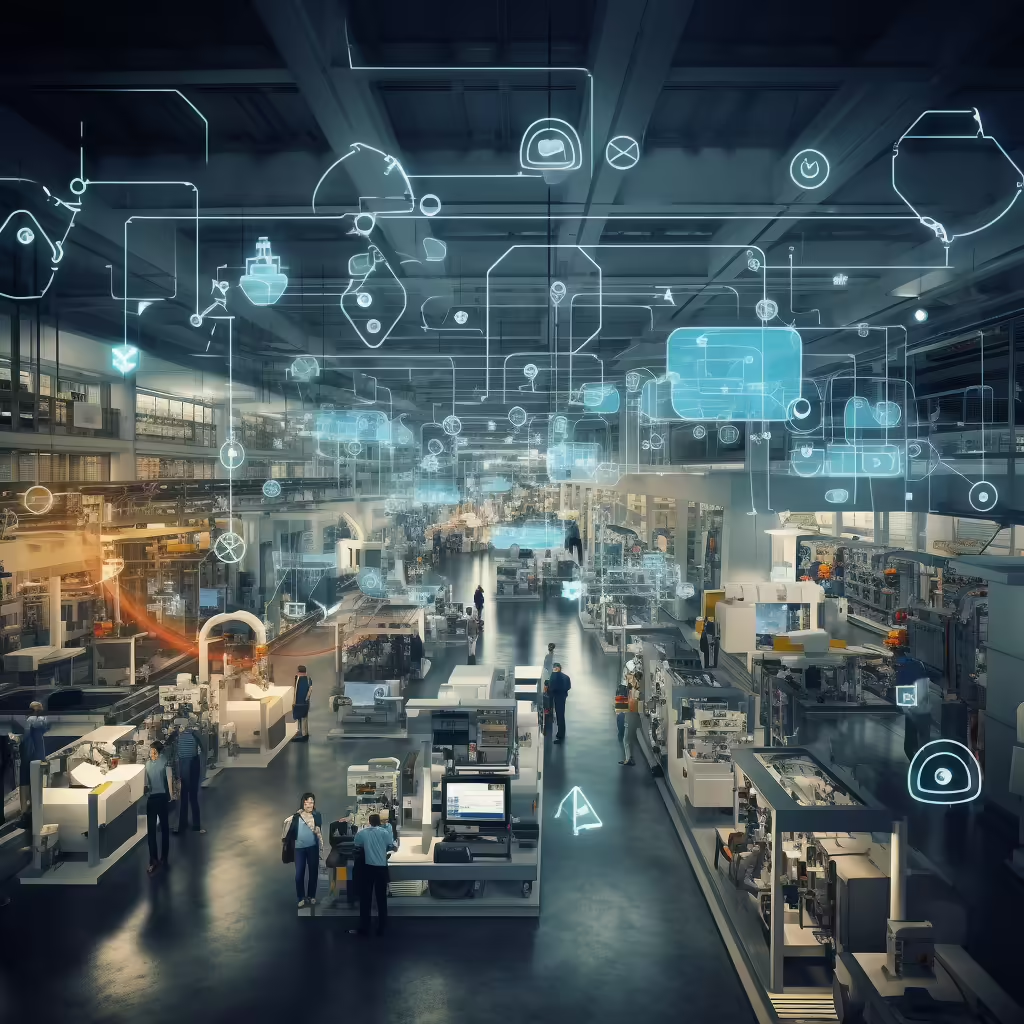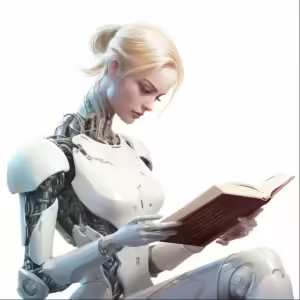Internet of Things (IoT): The future of networking
Introduction
In today's technologically advanced world, the Internet of Things (IoT) plays a central role. This groundbreaking development is changing how we interact with devices and offers countless opportunities to improve our everyday lives. In this article, we take a detailed look at the IoT, its features, applications and the challenges associated with it.
What is IoT?
The Internet of Things refers to the networking of physical devices with the Internet. These devices may contain sensors, software and other technologies to collect and share data. From home appliances to industrial machines, IoT enables seamless communication between devices and people.
Core features of IoT
- Networking: IoT devices are connected to each other via the Internet and can exchange data.
- automation: Many processes run independently, without human intervention.
- Efficiency: By collecting and analyzing data, IoT systems can optimize processes.
- user friendliness: IoT devices are often easy to use and can be integrated into existing systems.
Application examples
- Smart home: thermostats, lighting systems and security cameras that can be controlled remotely.
- Industry 4.0: Connecting production machines to increase efficiency and reduce downtime.
- Healthcare: Wearable devices that monitor and send vital signs to medical personnel.
- Smart Cities: Intelligent transport systems and energy management to improve urban life.
Technologies behind the IoT
- Sensors: Capture data such as temperature, movement or light.
- Communication technologies: Wi-Fi, Bluetooth, 5G enable data transmission.
- Cloud computing: Storage and processing of data in the cloud.
- Artificial intelligence: Analysis and interpretation of large amounts of data.
Challenges and risks
- Security: Networked devices can be targets for hackers.
- data protection: Sensitive data must be protected and treated confidentially.
- standardization: There is often a lack of uniform standards for devices and protocols.
- complexity: Managing and maintaining IoT systems can be challenging.
Conclusion
The Internet of Things offers fascinating opportunities to revolutionize our everyday lives and work environments. It improves efficiency, enables new services and contributes to higher living standards. Despite the challenges it presents, the potential of IoT is enormous and will profoundly change the way we live and work.






